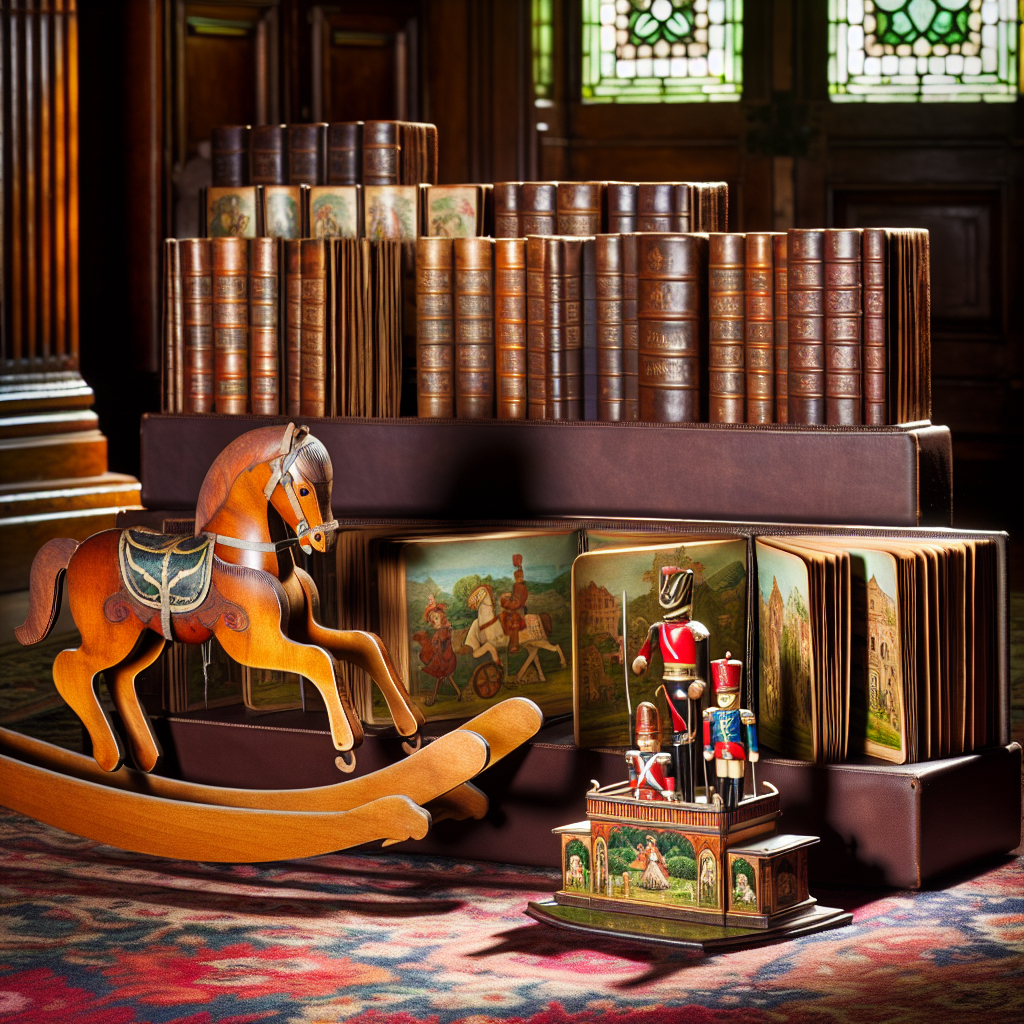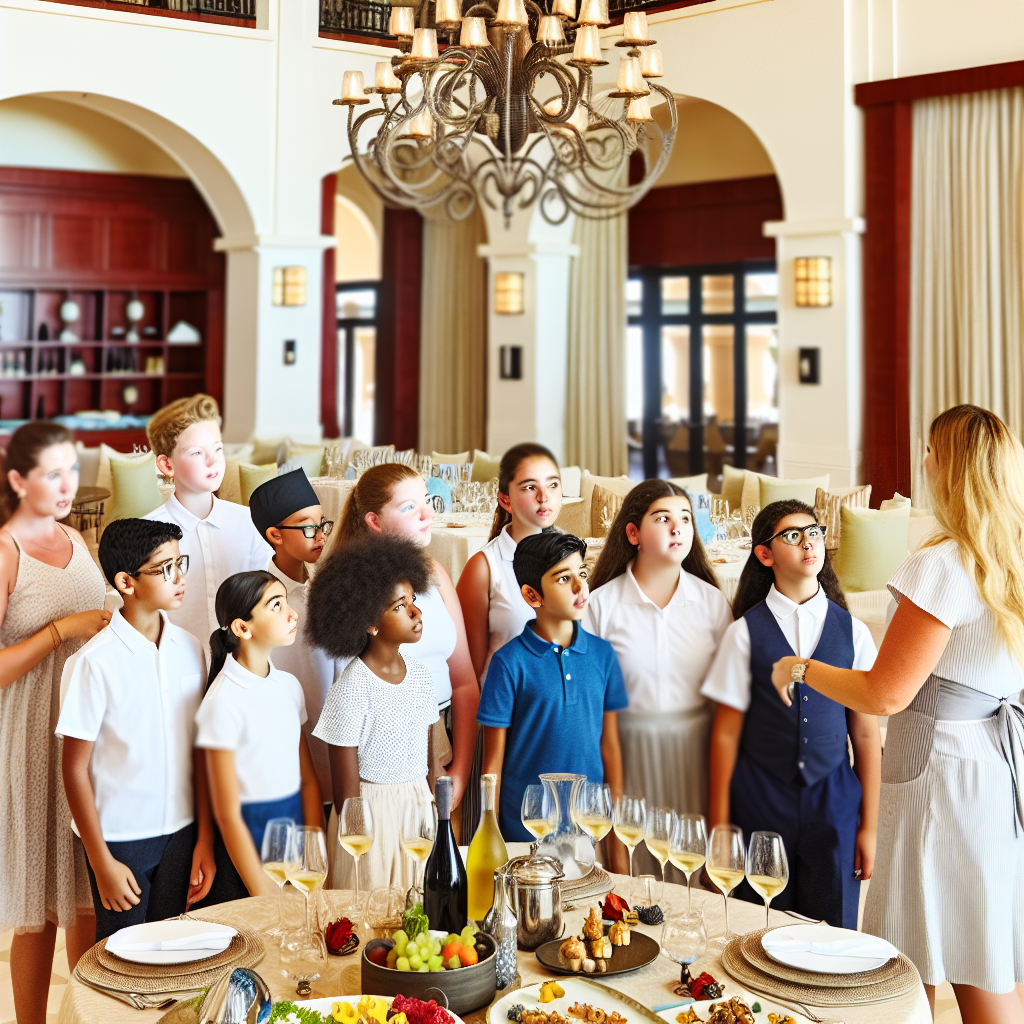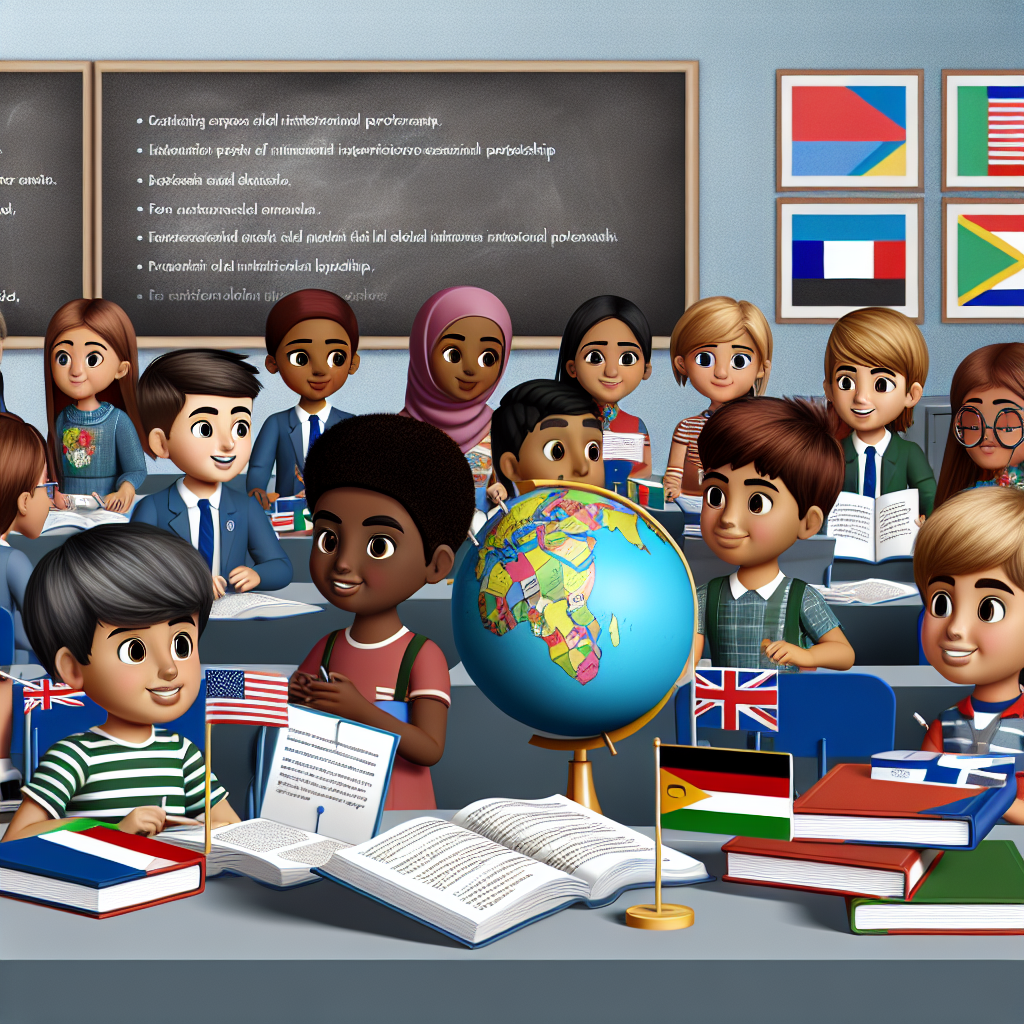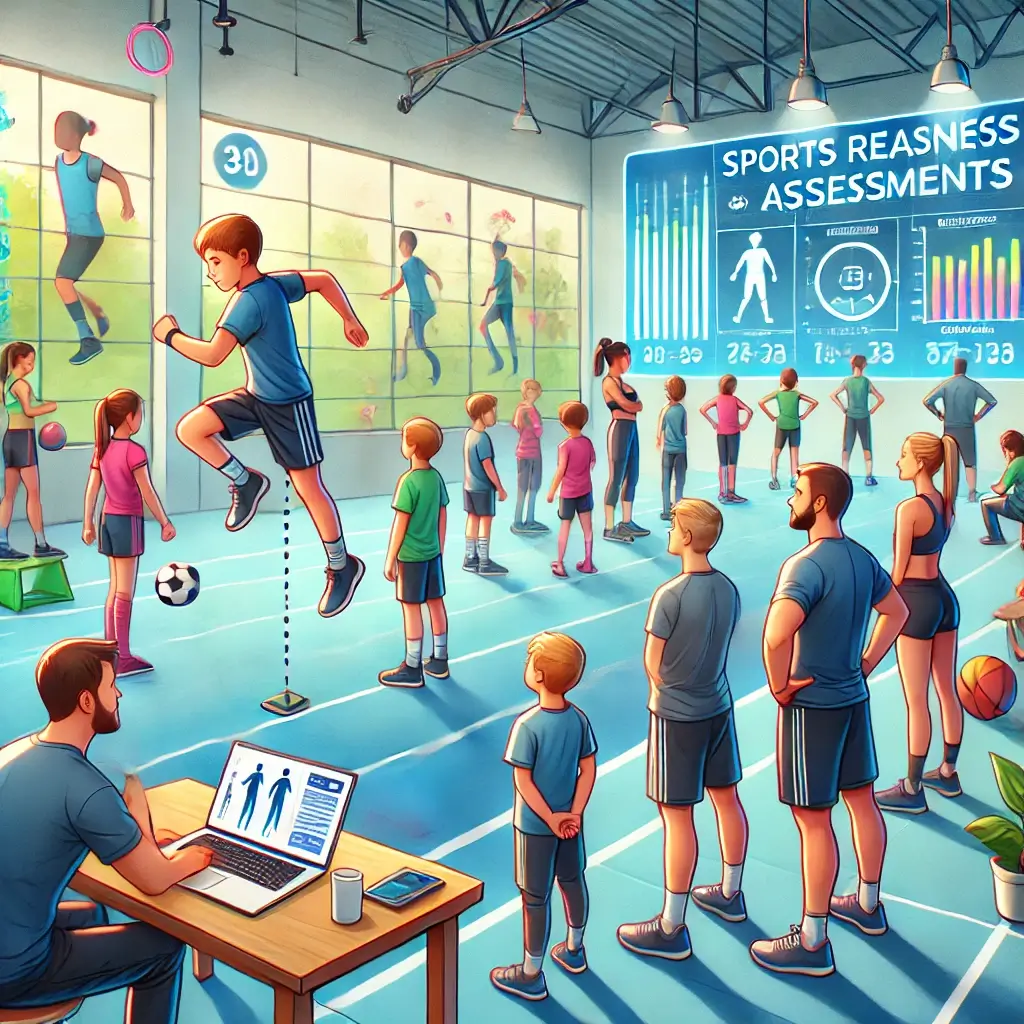Luxury Heirloom Toy Collections: Investment Pieces That Last Generations
The Rise of Luxury Toys as Timeless Family Heirlooms
In a world overrun by fast fashion, throwaway gadgets, and short-lived trends, modern parents are embracing a more thoughtful shift—investing in timeless and meaningful treasures that transcend fleeting childhood whims. Among these, luxury heirloom toys are becoming an increasingly popular choice. These aren’t simply playthings—they’re magnificent expressions of artistry, nostalgia, and craft. From handmade European rocking horses to limited-edition plush animals crafted by historical ateliers, each item is made to last generations.
More than a tangible toy, each heirloom piece becomes part of a larger family narrative. Families are increasingly prioritizing permanence over novelty—buying toys that speak to their values, history, and aspirations. In this way, these premium creations serve a dual purpose: delighting a child today while becoming cherished family artifacts tomorrow.
Sustainability Meets Sentiment: The New Standard for Luxury Play
Selecting toys designed to be passed down isn’t just a luxurious choice—it’s a responsible one. Unlike mass-produced plastic toys that often end up in landfills, heirloom-quality pieces are preserved, repaired, and appreciated over decades, or even lifetimes. The construction—usually involving solid wood, organic textiles, and eco-conscious packaging—reflects not only old-world quality but also modern ecological mindfulness.
More importantly, this cultivates early emotional intelligence in children. Kids bond more deeply with a toy that has history. Imagine a grandchild cuddling the same velvety elephant a parent once had—there’s magic in that. This transfer of items also communicates subtle lessons about value, heritage, and memory-making. These toys are more than tools for play; they become symbols of love extended through time.
What the Research Says: Developmental, Emotional & Financial Insights
It’s not just sentiment that supports investing in high-quality toys; science backs it too. According to the American Academy of Pediatrics, simple, open-ended toys made with natural materials encourage creativity, critical thinking, and independent problem-solving. These traits are more consistently nurtured by tactile, analog play than by flashing, tech-driven toys.
From an emotional standpoint, studies from the University of Sheffield emphasize that children who interact with toys carrying personal or family history often demonstrate stronger emotional attachments and a heightened sense of responsibility. These objects become repositories of memory and storytelling, nurturing not only play but personal identity.
Appreciating in More Ways Than One: The Economics of Heirloom Toys
Beyond developmental and sentimental value, heirloom toys can be financially rewarding investments. According to the Deloitte Global Powers of Luxury Goods report, the market for collectible luxury toys has experienced annual appreciation of 8%–12% over the past decade.
Brands such as Steiff, known for its limited-edition teddy bears, regularly see their products featured at high-profile auctions. Likewise, artisan dollhouses or sterling-silver keepsake toys are exchanged among serious collectors, often fetching impressive premiums over original purchase price. This makes them stand out as luxury items that are both emotionally and economically viable.
The Eco-Conscious Choice: Generational Toys that Go the Distance
The eco-friendly implications of heirloom toys are substantial. The EPA reports that consumer products designed for longevity drastically cut down on overall environmental impact—and toys are no exception. Durable goods translate to fewer emissions, reduced waste, and less resource consumption over the long haul.
Legacy manufacturers like Vilac (France), Käthe Kruse (Germany), and Bajo (Poland) operate with a commitment to sustainable practices. Using materials from renewable forests, organic fabrics, and local craftsmen, they not only ensure artisanal quality but also uphold ethical production values. This resonates deeply with modern parents who want their investments to do more than entertain—they want them to educate, impress, and contribute to the planet’s well-being.
Luxury That Lasts: More Than Just Playthings
When thoughtfully chosen, heirloom toys do far more than decorate a nursery or delight a child. They stand out across multiple vectors: enhancing brain development, forging emotional connections, appreciating in financial value, and promoting environmental sustainability.
These treasured objects carry stories—of first steps, bedtime giggles, and multi-generational love. With every scratch, polish, or hand-stitched detail, they carry a time capsule of a family’s joyous moments. A fine toy may cost more upfront, but its lifetime value—financially, emotionally, and socially—soars far above transient playthings.
Conclusion: Creating Legacy Through Luxury Play
In embracing luxury heirloom toys, families are crafting a legacy rooted in beauty, intention, and enduring love. These are not just status symbols or stylish choices; they are emblems of meaningful living.
As parents pass down carefully selected toys—often more art than accessory—their children inherit more than an object; they inherit a story. And in that story lies a celebration of craftsmanship, sustainability, and emotional depth. In a world that increasingly values the fast and fleeting, these toys are timeless reminders that the best things in life are meant to be shared, remembered, and cherished forever.
References
– American Academy of Pediatrics. “Selecting Appropriate Toys for Young Children in the Digital Era.”
– Deloitte. “Global Powers of Luxury Goods.”
– Environmental Protection Agency. “Sustainable Management of Materials.”
– University of Sheffield. “Children’s Attachment to Objects: Developmental Implications.”
– Steiff Collector’s World. “Investment Potential of Steiff Toys.”
– Käthe Kruse Museum and Brand

Dominic E. is a passionate filmmaker navigating the exciting intersection of art and science. By day, he delves into the complexities of the human body as a full-time medical writer, meticulously translating intricate medical concepts into accessible and engaging narratives. By night, he explores the boundless realm of cinematic storytelling, crafting narratives that evoke emotion and challenge perspectives. Film Student and Full-time Medical Writer for ContentVendor.com




